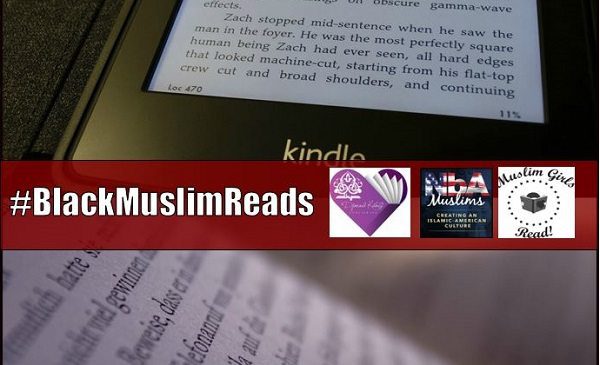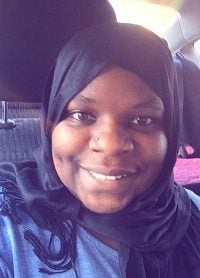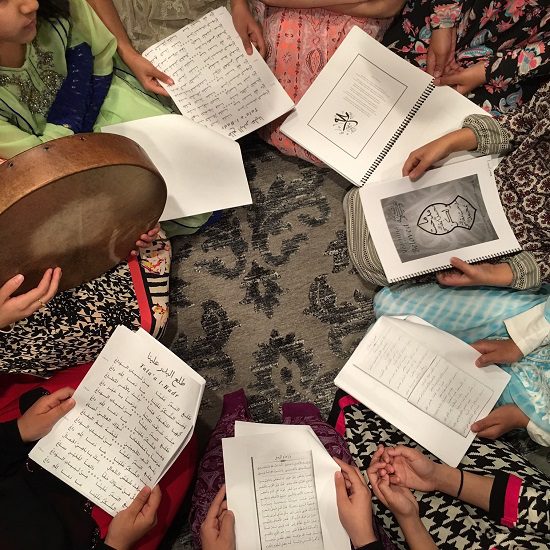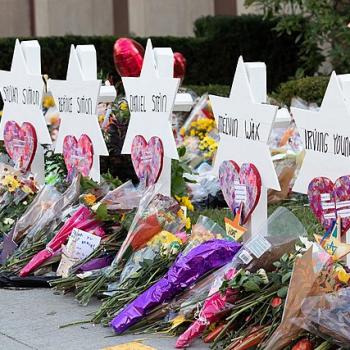
In an attempt to sound scholarly and proficient, I wrote this article three times. However, as I read my finely-sifted words, they fell flat on my heart. I left the article for a few days, hoping an epiphany would happen and give me the perfect ending to my somewhat academic writings.
Then, I attended the second annual Nashville Women’s Retreat. I sold copies of Nanni’s Hijab, a children’s book featuring a Black Muslim girl who is bullied for wearing hijab. Every person who bought the book said, “Thank you for writing this.”
This was one of many occasions when I realized how important depicting a Black Muslim girl in hijab to tell a universal story about patience and perseverance is to readers.
Representation is Key
We need Black Muslim representation in books for our Black Muslim children. Retreat attendees expressed a common sentiment that we lack sufficient representation. There are not enough books showing our children or reflecting their experiences, which is a primary reason why #BlackMuslimsReads exists.
Black Muslims are consistently under-represented in Muslim and non-Muslim cultural productions. When representation is present, it is commonly unfavorable and casts an unfavorable light on Black Muslim culture.
At the retreat, people offered suggestion after suggestion about book ideas for showing positive Black Muslim portrayals. Some wanted to see more Black boys depicted as intellectual, brave and adventurous. Others asked why non-Black Muslim publishing houses, who purport to represent Muslims do not include more than the typical South Asian or Arab-looking children in books.
Many readers wanted to know why Black Muslim children weren’t included in Muslim cartoons. I admittedly had to answer, “I don’t know.”
One woman charged me with the responsibility of telling stories that empower our children. What a responsibility, but here I am, attempting to satisfy her request.
Losing the Narrative
Over the years, immigrant and immigrant-descent Muslims have benefitted from the sacrifices of groups like the Nation of Islam (NOI) and Black Muslims, who were the catalysts that introduced Muslims and Islam to America and at the forefront of the Civil Rights movement. We remain at the frontlines of social justice now.

The NOI and Black Muslims set a precedence of Muslim autonomy by building mosques, schools, clinics, newspapers and entrepreneurship. Elijah Muhammad established schools that taught Arabic and aspects of fiqh; while WD Muhammad established Islamic schools that taught Arabic, Quran, tawheed, and fiqh. Black Muslims erected houses of worship, Islamic educational institutions and community-building endeavors.
The need for identity helped spread Islam. Somewhere along the way, while Black American Muslims were putting in work, immigrant and immigrant-descent Muslims were building their paper up, i.e., going to school and becoming professionals. Then, they began building their own Muslim schools and masjids. The Muslim paradigm shifted from being Black and American to one primarily identified as foreign.
Black Muslims lost the narrative. Immigrant Islam overran our Islam. Immigrant stories overshadowed our stories. Their representation diminished ours. We joined with them because they had the funds and lost ourselves in the idea that all Muslims were one in the same, while the illustrations showed otherwise.
So now we are charged—I am charged—with showing the world the power of Black Muslim pens, which have been scratching out a myriad of works across centuries.
The #BlackMuslimReads movement is a continuum of a struggle to keep the voices of Black Muslims heard. I ask Allah to allow us—to allow me—to be able to carry that responsibility with pride and care.
Khadijah Abdulhaqq is married and a mother of five. She is a lover of the creative arts, including literature, as well as her new love, painting. She has written four books, yet Naani’s Hijab is the first to be published. She is a teacher and homeschooled all her children. She also is a co-organizer and facilitator of the GEM program for mentoring teenage girls.












